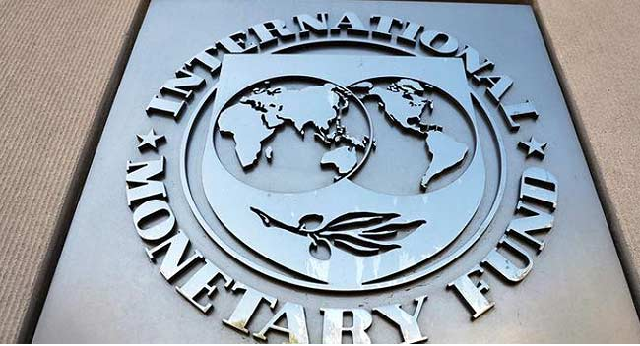The Federal Government’s gross debt profile is projected to grow by 92.11 percent from N70.85tn in 2022 to N136.11tn in 2026, according to the International Monetary Fund (IMF).
The Washington-based lender made this projection in a report titled ‘Nigeria Staff Report for the 2021 Article IV Consultation.”
According to the Fund, the gross debt figures of the Federal Government and the public sector include overdrafts from the Central Bank of Nigeria, promissory notes. and AMCON debt. This means debt including Ways and Means has been factored into the total debt profile of the government.
The Debt Management Office put Nigeria’s public debt totaled N38tn as of the end of September 2021.
IMF in the latest report said the projections were sourced from Nigerian authorities and its staff estimates and projections.
In a table titled, ‘Nigeria: Federal Government Operations, 2017–26,’ the IMF said Federal Government’s debt is expected to grow to N70.85tn in 2022, N83.17tn in 2023, N97.80tn in 2024, N115.38tn in 2025, and N136.11tn in 2026.
The IMF said, “Nigeria’s level of public debt increased sharply last year due to the COVID-19 crisis. Public debt had been on an increasing path in the last decade reaching 29 percent of GDP in 2019 from 9 percent in 2009, driven by primary deficits as weak non-oil revenue mobilization failed to compensate for falling oil revenues.
“In 2020, the sharp decline in oil revenues increased public debt further to 35 percent of GDP. The debt-to-GDP ratio is expected to increase in the medium term to 43 percent of GDP, despite favorable growth-interest rate dynamics. Gross financing needs are expected to increase to 8.9 percent of GDP in 2021 from 7.3 percent in 2020, and to 11.4 percent in the medium term.”
It added that although interest payments were only two percent of the GDP in 2020, about 89 percent of federal government revenues were expended on interest payments, reflecting poor domestic revenue mobilization capacity.
It said the government‘s interest-to-revenue ratio is expected to slightly decline to around 86 percent in 2021 before hitting 139 percent by 2026.
Within the period under review, the Washington-based lender also projects that government spending will rise by 69.91 percent from N17.24tn in 2022 to N29.29tn in 2026.
It also projects government expenditures of N18.57tn in 2023, N21.51tn in 2024, N25.24tn in 2025, and N29.29tn in 2026.
Recurrent expenditure will account for most of the government spending, rising to N13.59tn in 2022, N14.69tn in 2023, N17.47tn in 2024, N20.67tn in 2025, and N24.12tn in 2026.
While capital expenditure will account for a fraction of the spending, accounting for N3.65tn in 2022, N3.88tn in 2023, N4.04tn in 2024, N4.57tn in 2025, and N5.18tn in 2026.
Even as spending increases, the projected government revenue pales in comparison to spending. According to the IMF, total government revenue is expected to be N5.23tn in 2022, N6.25tn in 2023 N6.87tn in 2024, N7.66tn in 2025, and N8.57tn in 2026.
It expects the CBN to finance the Federal Government’s spending with N12.01tn in 2022, N12.32tn in 2023, N14.64tn in 2024, N17.58tn in 2025, and N20.73tn in 2026, leaving a budget deficit of N34.57tn for the five years.
According to Washington-based lender, the CBN is projected to help the Federal Government finance its budget with N5.63tn in 2022, N5.36tn in 2023, N6.45tn in 2024, N7.69tn in 2025, and N8.35tn in 2026.
In January, the President, Major General Muhammadu Buhari (retd.) signed the 2022 Budget into law. The budget provides for government spending of up to N17.13tn.














